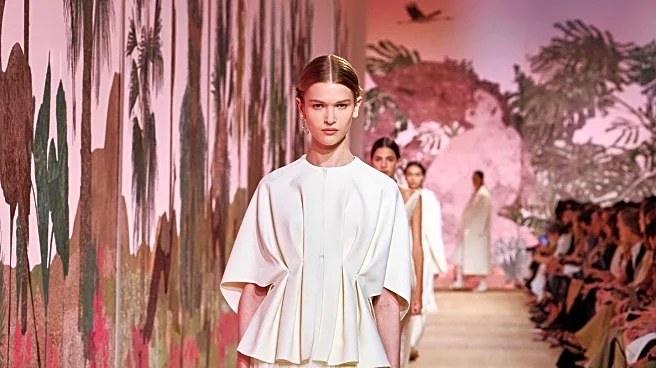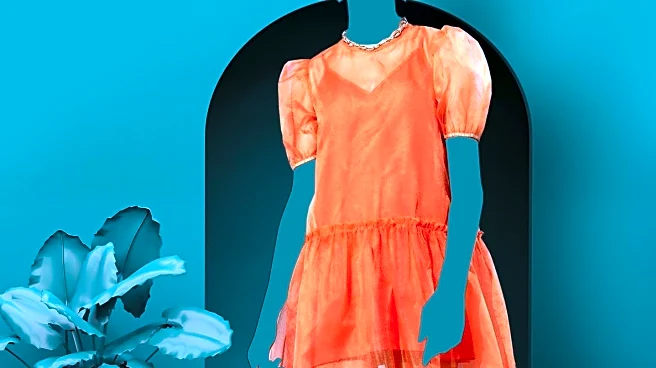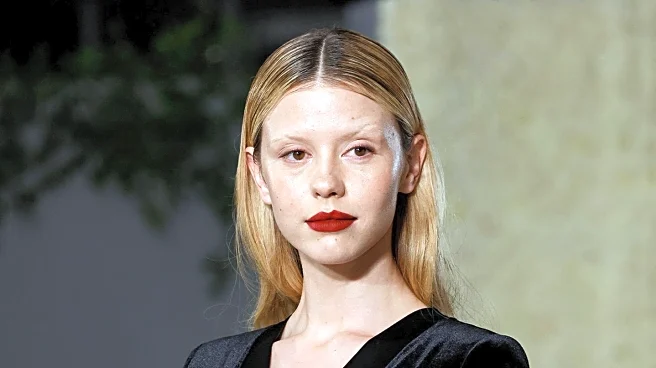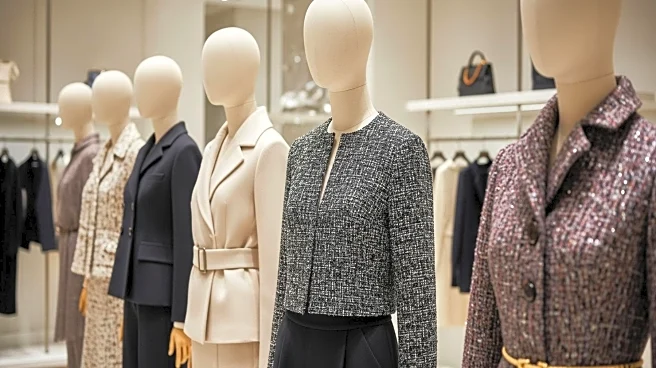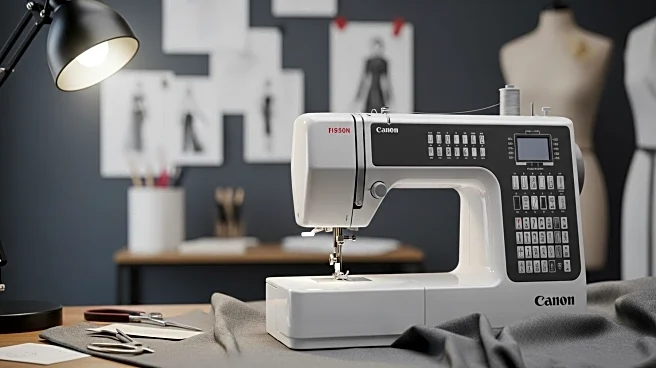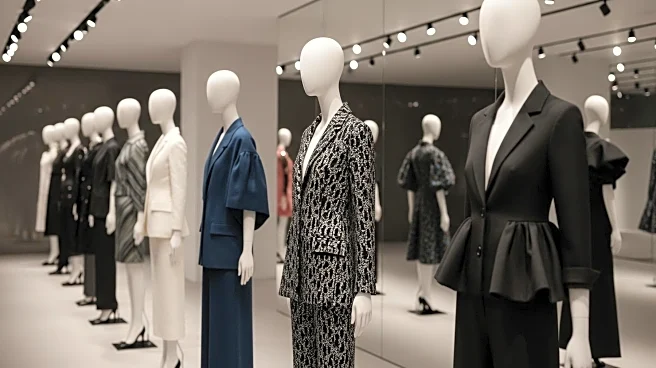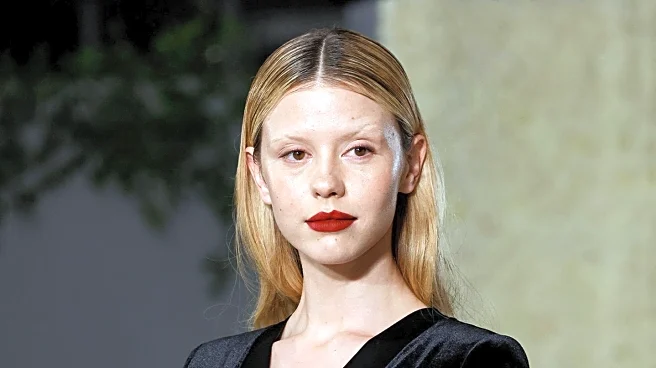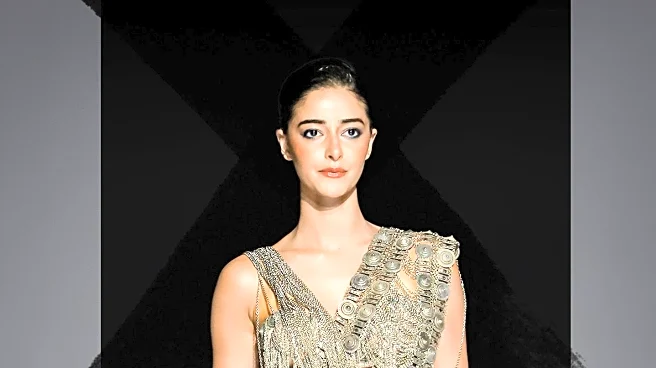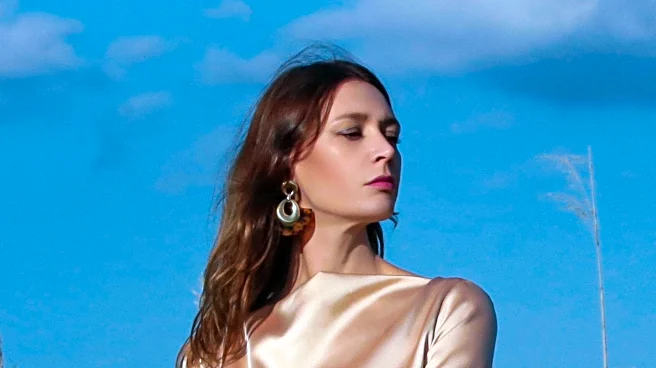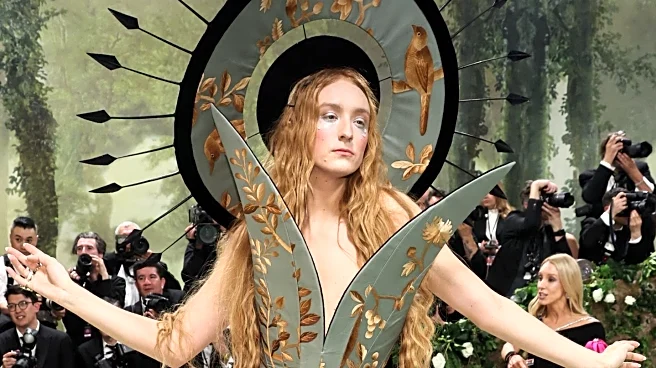What is the story about?
What's Happening?
New York Fashion Week's Spring 2026 collections were heavily influenced by literature, with designers incorporating books into their runway shows. Joseph Altuzarra continued his tradition of placing books on guests' seats, featuring the dystopian novel 'The Memory Police' by Yōko Ogawa. Rachel Scott, preparing for her debut as Proenza Schouler's creative director, shared a reading list focused on French feminist writings, hinting at her future direction for the brand. Other designers, like Julian Louie at Aubero, used books as props to illustrate their clients' lifestyles, including field guides and personal story collections.
Why It's Important?
The literary influence at New York Fashion Week highlights the intersection of fashion and intellectual culture. By integrating books into their collections, designers are elevating fashion to a form of storytelling and cultural expression. This trend may encourage consumers to engage more deeply with fashion, viewing it as a reflection of personal and societal narratives. It also suggests a shift towards more thoughtful and meaningful fashion choices, potentially impacting industry practices and consumer behavior.
What's Next?
As designers continue to explore literary themes, we may see more collaborations between fashion brands and authors or publishers. Rachel Scott's upcoming debut at Proenza Schouler could further integrate feminist theory into mainstream fashion, influencing future collections and brand identities. Retailers might adapt their strategies to align with these intellectual themes, offering curated selections that resonate with culturally aware consumers.
Beyond the Headlines
The use of literature in fashion raises questions about the industry's role in promoting cultural literacy and intellectual engagement. As fashion becomes a platform for storytelling, it may influence broader cultural conversations and encourage more responsible and thoughtful consumer choices. This shift could lead to increased collaboration between fashion and cultural institutions, fostering a more integrated and culturally rich industry.
AI Generated Content
Do you find this article useful?
